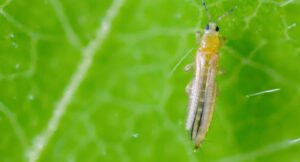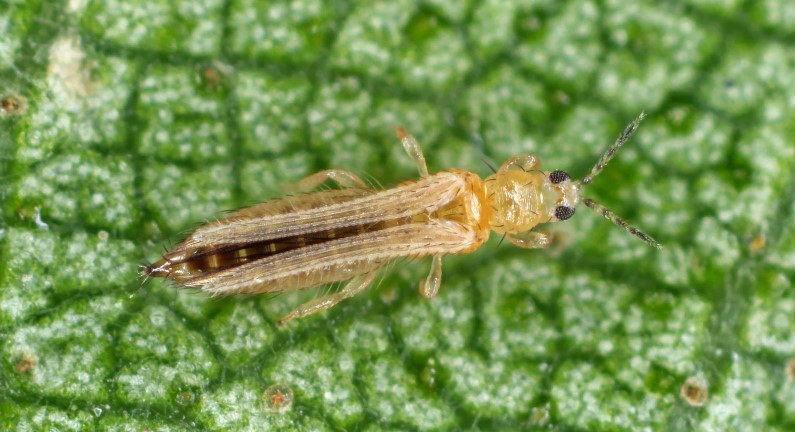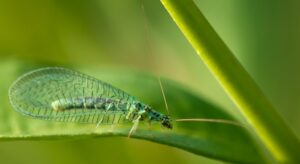Thrips, small, slender insects often found in gardens and on indoor plants, can be a nuisance for both plant enthusiasts and agricultural professionals. These pests feed by puncturing plant cells and sucking out their contents, leading to unsightly damage and stunted growth. In this article, we’ll explore what attracts thrips, how to get rid of thrips, and effective prevention tips.
What Attracts Thrips To Home?

Understanding what draws thrips to your plants is the first step in managing a pest infestation. Here are some common factors:
- Plants in bloom: Thrips are attracted to plants that are flowering or producing fruits. They are particularly drawn to vibrant colours and sweet nectar.
- Warm and dry conditions: Thrips thrive in warm, dry environments. Indoor plants in low-humidity areas can be especially vulnerable.
- Shelter and protection: Thrips prefer dense foliage, which offers protection and allows them to reproduce rapidly without being disturbed.
- Weak or stressed plants: Plants that are weakened by poor care, pests, or diseases are more likely to be targeted by thrips, as they provide an easy food source.
How to Get Rid of Thrips?

Eliminating thrips can be challenging due to their small size and ability to hide in plant crevices. However, with consistent effort, it is possible to control and eventually eradicate thrips infestations. Here are some effective methods:
- Prune affected areas: Remove and dispose of any heavily infested leaves, flowers, or branches. This will help reduce the population and prevent further spread.
- Use insecticidal soap or neem oil: Insecticidal soaps and neem oil are natural, non-toxic ways to treat thrips. Spray the affected plants thoroughly, making sure to reach the undersides of leaves where thrips often hide.
- Apply sticky traps: Yellow or blue sticky traps can be used to catch adult thrips. Place these traps around your plants to monitor and reduce the number of flying insects.
- Introduce beneficial insects: Predatory insects such as ladybugs, lacewings, and minute pirate bugs feed on thrips. Introducing these natural enemies into your garden can help control the pest population.
- Water spray: Regularly hosing down your plants with a strong jet of water can dislodge thrips. Be sure to spray both the tops and bottoms of the leaves.
- Use insecticides: If the infestation is severe, you may need to use chemical insecticides. Look for products specifically designed to target thrips. Always follow the instructions on the label to ensure safe and effective use.
Conclusion
Thrips can cause significant damage to your plants, but with the right approach, you can get rid of them and prevent future infestations. By using a combination of natural and chemical methods, as well as maintaining a healthy garden environment, you can keep these pests at bay. If these DIY methods are not working, contact professional pest control services to get rid of these pests. Regular monitoring and early intervention are key to protecting your plants from thrips and other pests.





